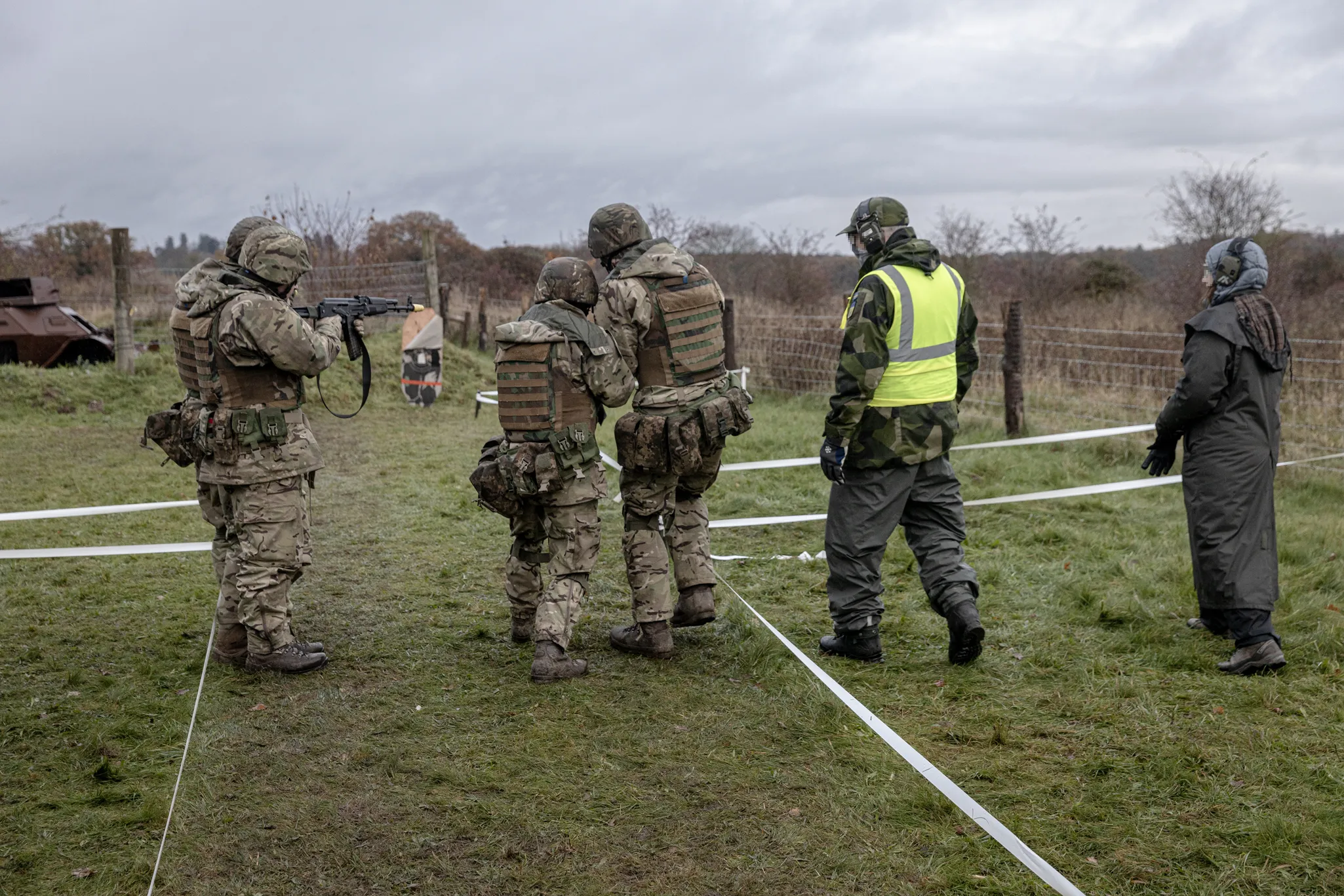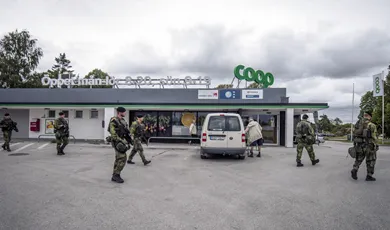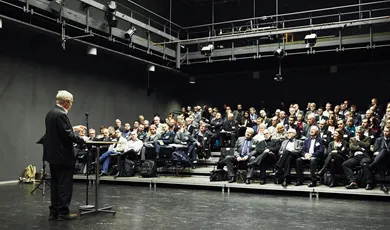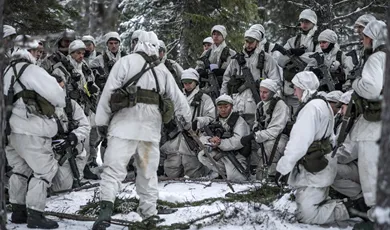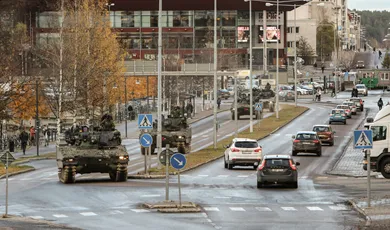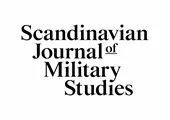This article aims to contribute insight into how military organizations become involved in meaning-making and identity-building processes as they seek to engage individuals in defence work. To this end, we focus empirically on the communication of the Swedish Home Guard (SHG), an organization that bridges the civilian-military divide and address the following question: “How are constructions of collective identity in Swedish Home Guard communication interconnected with larger political strategies to increase (total) defence willingness?”.
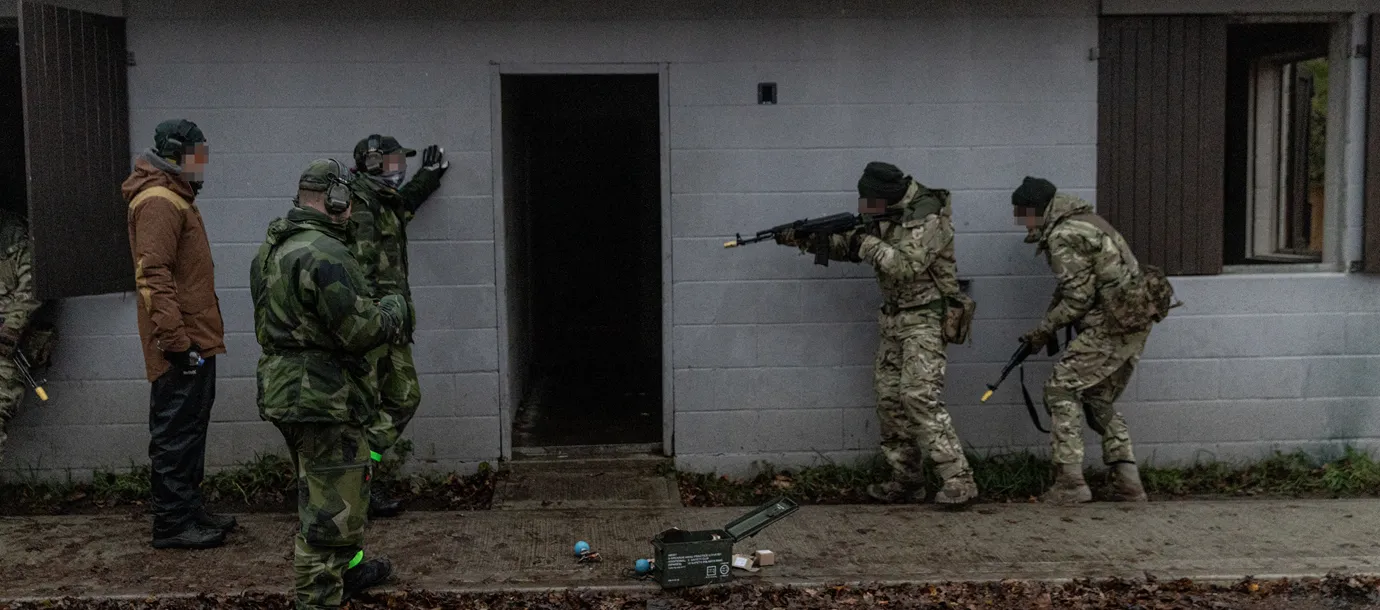 Photo: Carl Törner
Photo: Carl Törner
Abstract
This study aims to contribute to the understanding of how military organizations become involved in meaning-making and processes of identity-building as they seek to engage individuals in defence work. To this end, we focus on a specific understudied organization: the Swedish Home Guard (SHG), a key component of the country’s total defence, often seen as the epitome of defence willingness. The study addresses the following question: How are constructions of collective identity in Swedish Home Guard communication interlinked with larger political strategies to increase (total) defence willingness? The study is designed as a qualitative, exploratory case study of SHG communication based on a wide range of mainly textual and interview-based sources in which we analyse communication directed at both internal and external audiences. Analytically, we draw on theories of organizational, military, and collective social identity to probe identity-building strategies and how they relate to the idea of defence willingness. Addressing SHG communications, the study shows that being “willing” is associated with a number of desirable social, organizational and professional identity traits serving to widen the SHG role outside the boundaries of the traditional soldier identity. Further, we conclude how elements of Home Guard communication strategies, among them the construction of the “society’s soldiers” trope, act to prepare the Swedish public for defence participation by diminishing thresholds dividing military and society at large, introducing military defence as a concern and possibility for “anyone”.
Keywords: Defence willingness, Swedish Home Guard, Total defence, Collective Identity, Identity workOur study shows how a civilian-military organization such as the SHG plays a key role in identity-building strategies seeking to strengthen the bonds between society and the defence institution – something foundational for defence willingness.
Malmström & Berndtsson, p 13Excerpt from the introduction:
For many countries, Russia’s annexation of Crimea in 2014 and the invasion of Ukraine in 2022 accentuated the need to strengthen national defence, societal resilience, and readiness. In the Nordic and Baltic regions, the deteriorating security situation has seen an increasing focus on restoring total defence or comprehensive security capabilities (). Essentially, these are whole-of-society and whole-of-government approaches to national security whose strength depends on the ability to mobilize civil and military defence in the event of a severe crisis or war (e.g., ; ). While concepts differ between countries, all rely on the active participation of the population in the (total) defence system. Hence, a current concern for political leaders and defence institutions is ensuring the population’s ability and willingness to participate in activities that bolster readiness and resilience, and, ultimately, to defend the country in the event of war. This concept is known as försvarsvilja – defence willingness ; .
Sweden is a prime example of a country currently striving to re-invent total defence in the face of both conventional and “transboundary” or “hybrid” threats (; ), and to engage the wider population through legal, coercive, moral, and voluntary means. In the Swedish context, increasing defence willingness could be challenging due both to past changes in military recruitment styles and national ideas of non-alignment and neutrality. Further, the switch to an all-volunteer force during the years 2010–2016 increased the distance between military institution and society, affecting levels of public trust and interest in the SAF (). As defined in the SAF’s Military Strategic Doctrine (MSD) of 2022, Swedish defence willingness depends on trust and support between the military and society, and ultimately manifests itself through engagement in military or civilian defence organizations (). Thus, re-establishing military or civilian engagement among the population demands a rebuilding of the relationship between the military organization and the population, reintroducing the expectations of the former to the latter.
In the process, Swedish political leadership and civil and military defence organizations have each taken on more active roles in communicating the idea of total defence as a collective and individual responsibility. Through these communications, individuals, groups, and organizations throughout the total defence system become involved in different forms of “identity work” (), constructing understandings of threats to Swedish or international security and communicating roles, responsibilities and images of the “willing” (or “responsible”) citizen. For instance, in the 2023 report The Demands of War [Krigets krav], the SAF and the Swedish Civil Contingencies Agency (MSB) conclude that a “strong total defence is a concern for all” (). Further, tropes and slogans such as “Total Defence – All of Sweden Together” or “It starts with you and me. Together we are total defence” have started to appear on websites, in campaigns, and in factsheets (; ). Through such communications, the perceived role and identity of the Swedish military is informed by an interplay of military organizations, national politics, and expectations of the home society in the context of the international environment ().
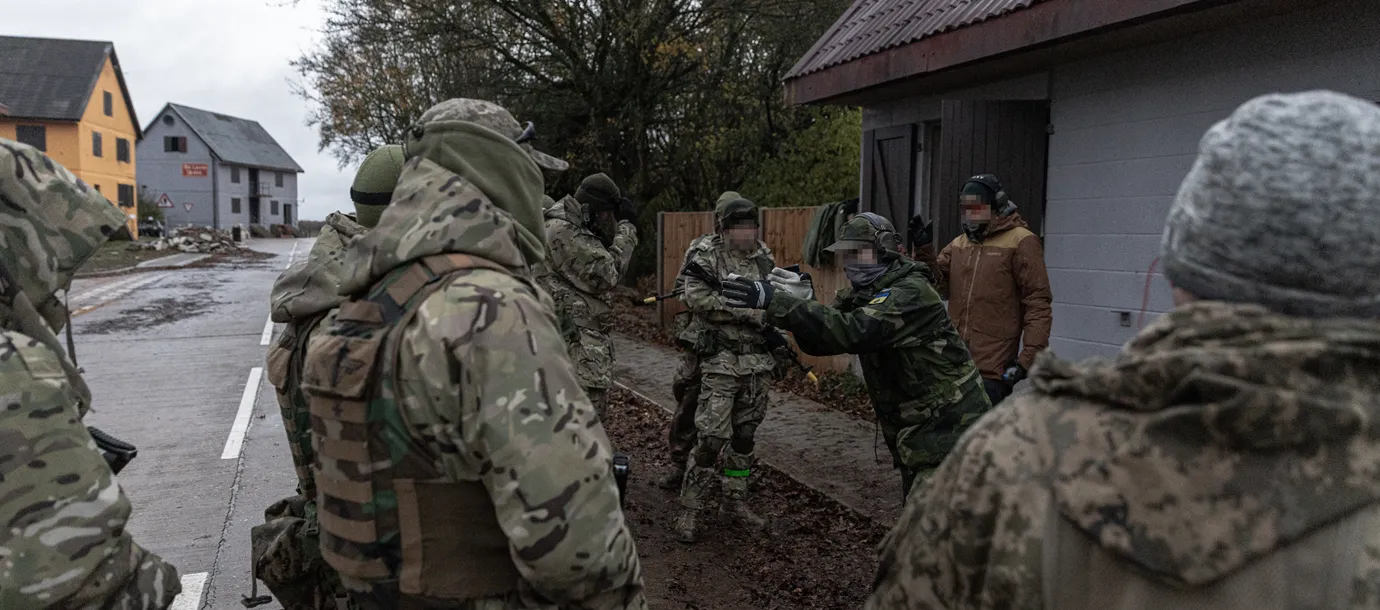 Photo: Carl Törner
Photo: Carl Törner
This article can be downloaded from SJMS homepage: https://sjms.nu/articles/10.31374/sjms.290
TO CITE THIS ARTICLE: Malmström, J., & Berndtsson, J. (2025). Constructing “Society’s Soldiers”: Identity Work, (Total) Defence Willingness and the Swedish Home Guard. Scandinavian Journal of Military Studies, 8(1), pp. 1–16. DOI: https://doi. org/10.31374/sjms.290




